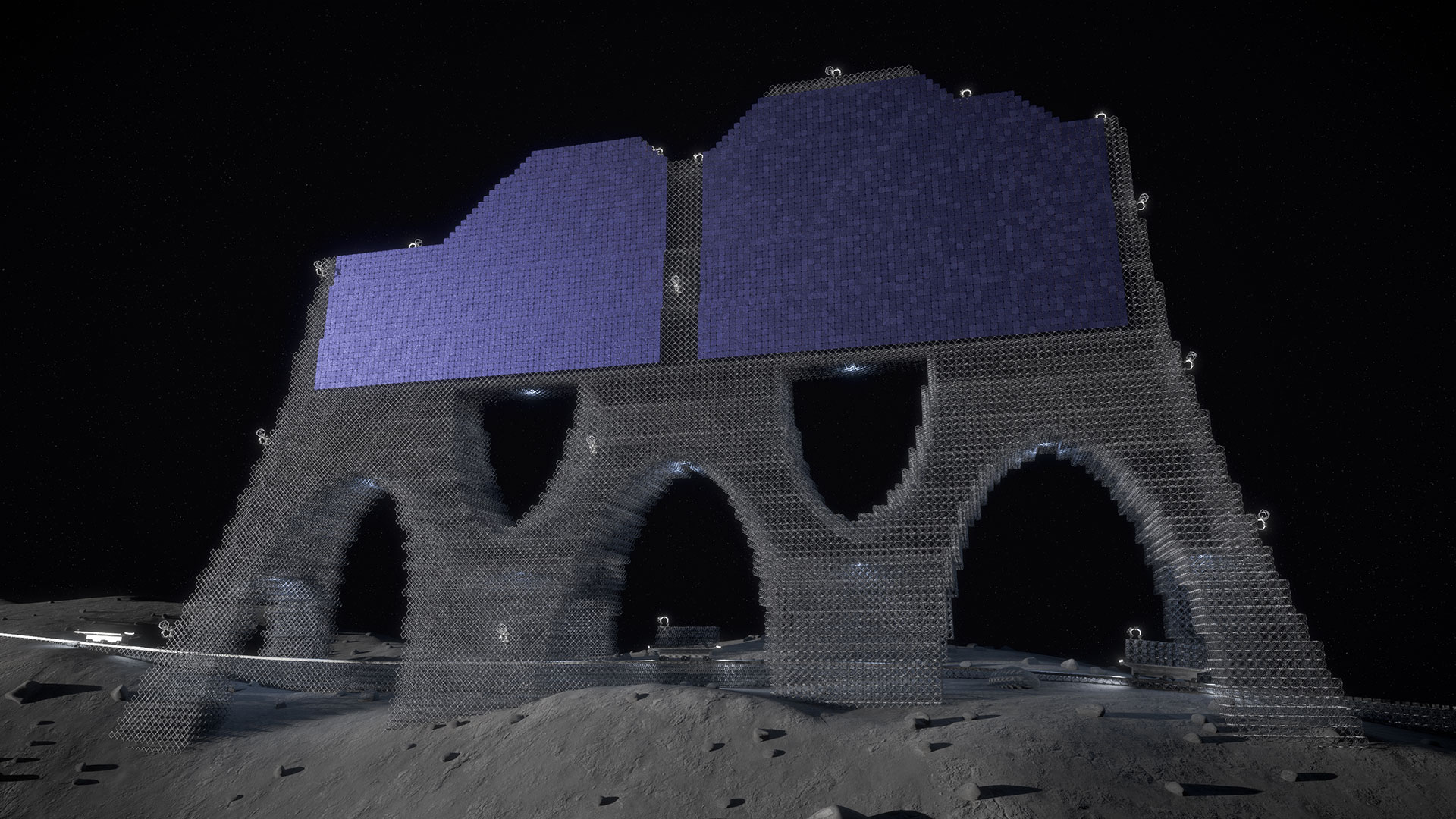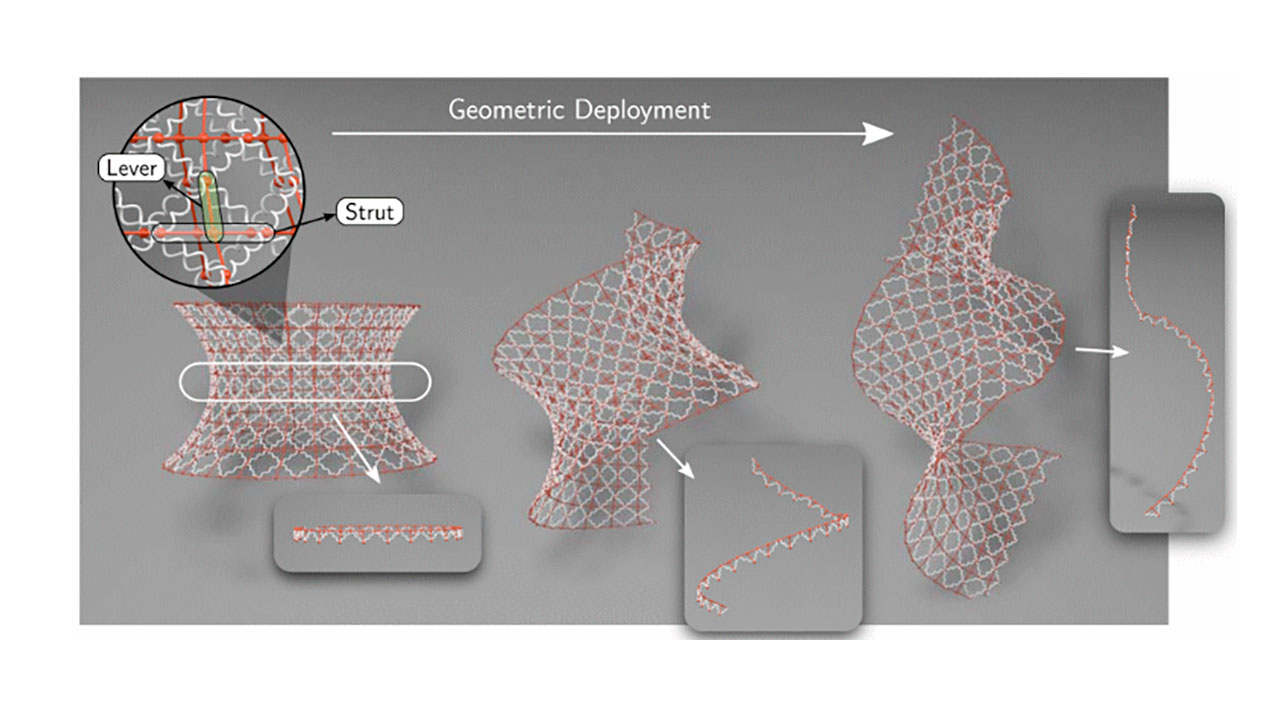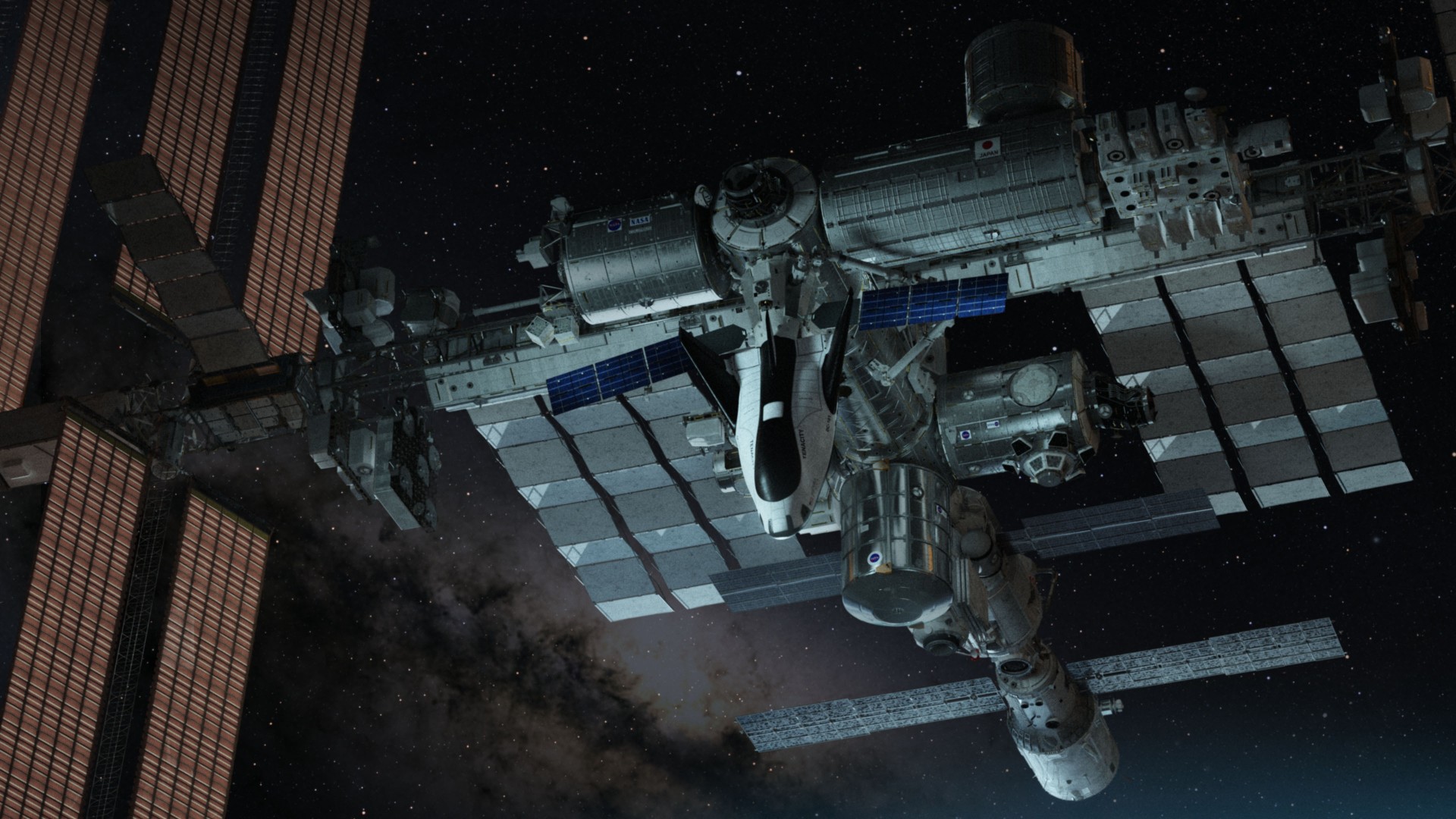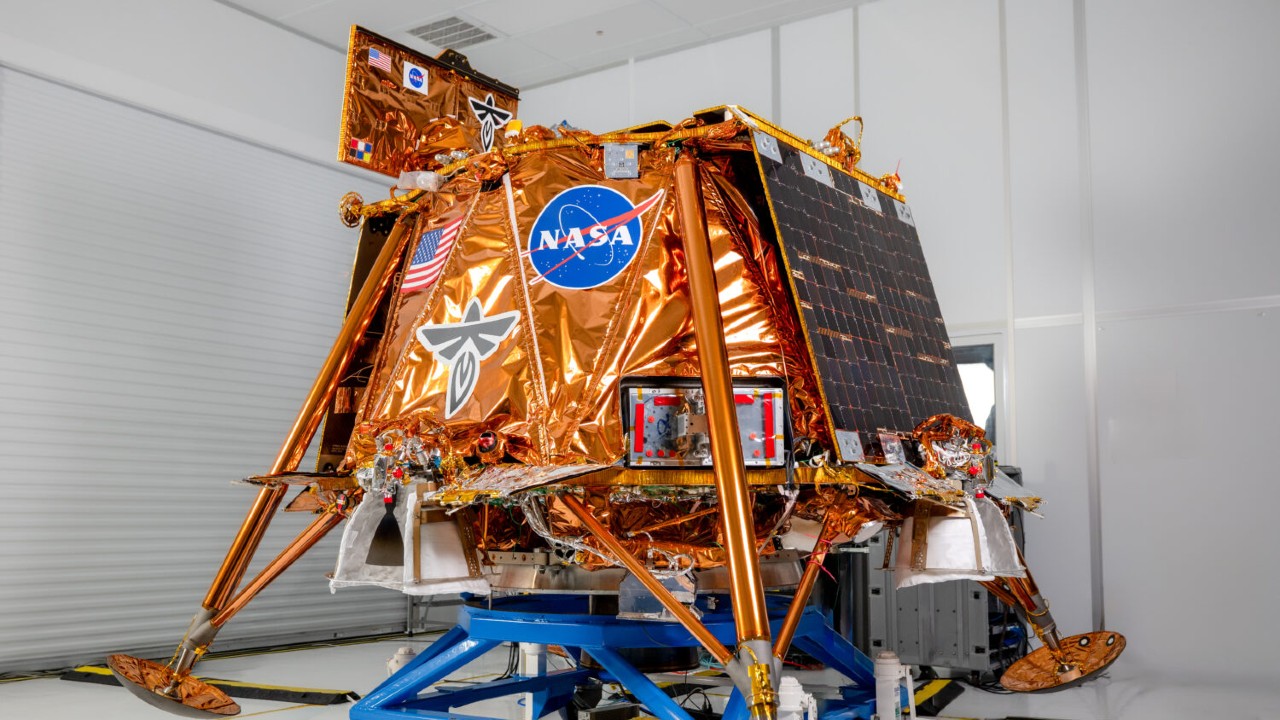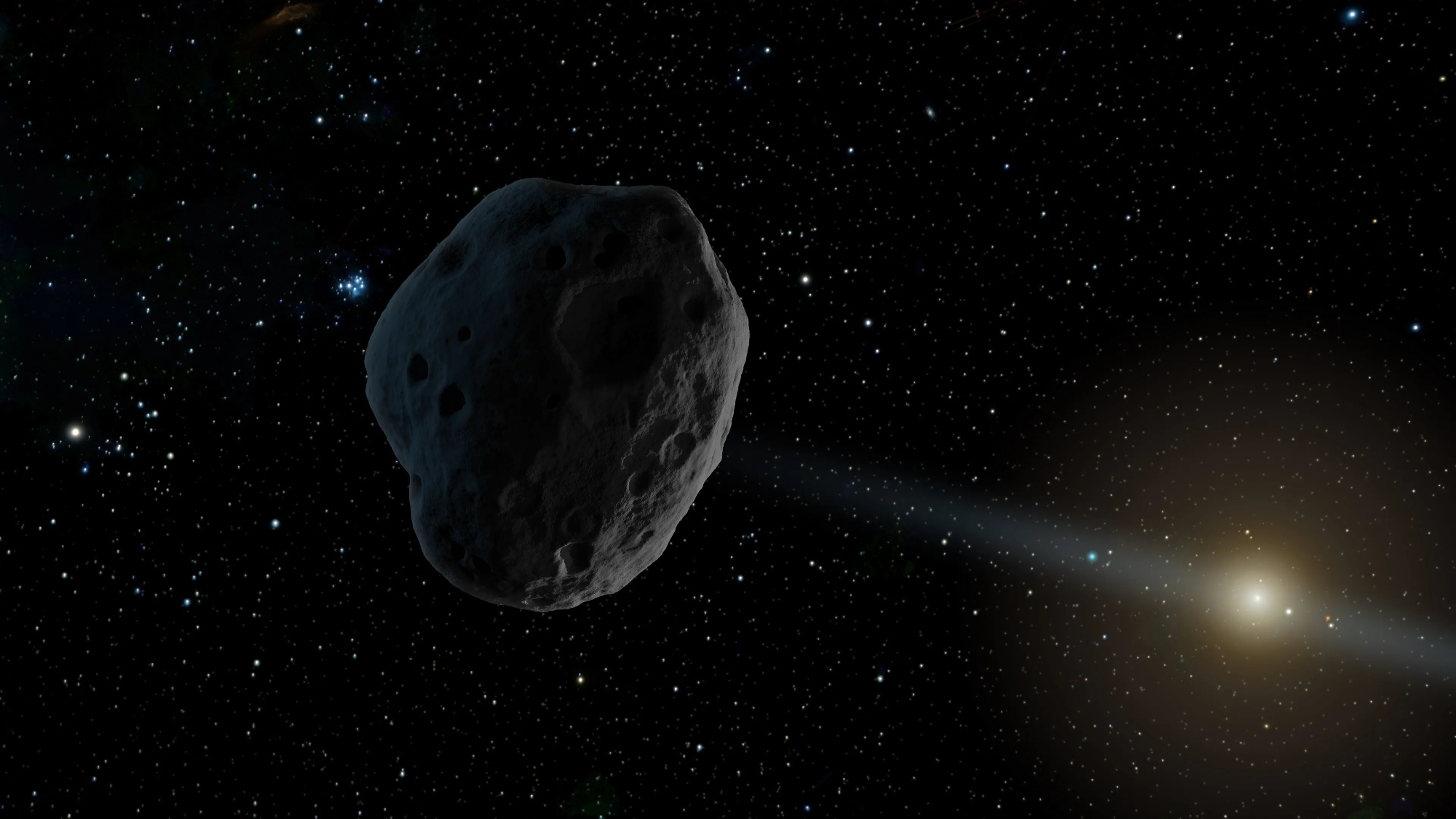In living things, structures are built from simple, repeatable patterns. These often come in the form of a disorganized lattice. Large structures, like bones or coral, emerge from repeated rounds of growth of a fundamental pattern that builds off of itself in a haphazard way.
Despite this apparent disorganization, the resulting structures can acquire a variety of shapes and have surprising strengths, versatility and other useful properties. Most importantly, the resulting structure often has properties that the underlying lattice unit doesn’t possess. For example, individual bone cells or coral polyp skeletons aren’t very strong, but when they work together, they can support huge animals or gigantic underwater colonies.
Related: Origami-inspired material could soften spacecraft landings
Drawing inspiration from nature, engineers have sought to repeat this flexibility with human-designed materials. The goal is to make useful materials that can be built from the repeated growth of an underlying pattern, where the new structure acquires properties that the underlying pattern doesn’t have alone. An advance beyond that is the study of metamaterials, which are structures that can change their shape or properties through the application of a simple external force, like an electric field or compression.
These kinds of materials are especially interesting for applications in space. We would love to launch a payload of simple materials and then have those materials assemble — and reassemble — themselves in space. This would avoid the challenges of testing and launch-proofing large, complex structures, like habitats and telescopes, and give us the flexibility to change those structures if mission needs are updated.
One promising kind of metamaterial is known as a totimorphic lattice. The basic component of this lattice is a triangular structure. On one side is a fixed beam with a ball joint in the center. An arm attaches to that ball joint, and the other end of the arm is attached to the ends of the fixed beam with two springs. When many of these shapes are attached together, the resulting structure can morph into a wide variety of shapes and structures, all with very minimal input. This gives the totimorphic lattice incredible flexibility.
In a recent paper, scientists with the European Space Agency‘s Advanced Concepts Team took a major leap in advancing totimorphic lattices from a hypothetical idea to practical applications. One major question with these lattices was how to reconfigure a large structure into another shape without the lattice getting tangled and how to accomplish that transformation as efficiently as possible.
The researchers developed a computer simulation of totimorphic lattices and figured out how to optimize the transformation of one shape into another.
They showcased their new technique with two examples. In the first, they designed a simple habitat structure that could change its shape and stiffness. Future space explorers could deploy the same kind of material to build a variety of habitat modules. These modules would hold their shape until they were reprogrammed to change their form and fulfill some other need.
In the second example, the researchers designed a flexible space telescope. With totimorphic lattices, the telescope could change its focal length by adapting the curvature of its lens. This would enable the launch of a single, multipurpose telescope that could adapt and readapt to provide the optimal observation strategies for various targets.
This work is still preliminary, however. Totimorphic lattices are still hypothetical; we don’t actually have any of these materials that you could hold in your hands, let alone build into space telescopes. But this research is crucial for advancing humanity into space. The cost and difficulty of launching materials into space mean that we need flexible, adaptable structures that are cheap to launch and easy to deploy.
By drawing inspiration from nature and investigating the surprising properties of metamaterials, we may be getting closer to achieving our futuristic space goals.

